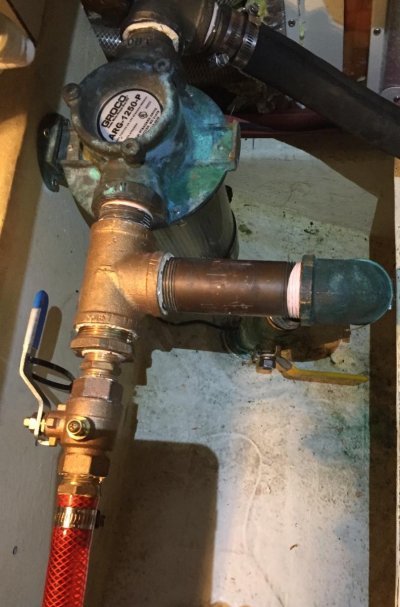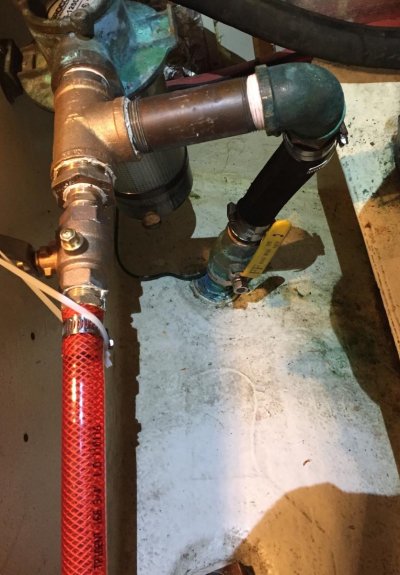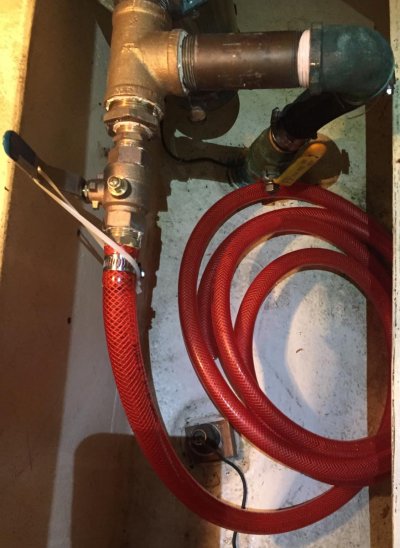Skiff Builder
Member
- Joined
- Oct 25, 2021
- Messages
- 23
- Vessel Name
- Change Of Pace
- Vessel Make
- Mainship 34 Mk I
On a regular basis that is?
As mainly a salt water day boater for the last 2 decades, I've been in the habit of flushing an engine, even if it was only run 5 minutes.
With the Mainship, I was concerned about not easily being able to do that. I've read a bit about cleaning heat exchangers and using barnacle buster. Worry about exhaust manifolds/elbow too.
I went ahead and plumbed in garden hose flush points for the Cummins and the generator. I have run both strictly on the flush with the seacocks closed, as well as with the seacocks open. No problems either way.
Not sure if practical to do when cruising, but feel it's like brushing and flossing.
Interested in opinions and experience of members.
Thks, Skiff Builder
As mainly a salt water day boater for the last 2 decades, I've been in the habit of flushing an engine, even if it was only run 5 minutes.
With the Mainship, I was concerned about not easily being able to do that. I've read a bit about cleaning heat exchangers and using barnacle buster. Worry about exhaust manifolds/elbow too.
I went ahead and plumbed in garden hose flush points for the Cummins and the generator. I have run both strictly on the flush with the seacocks closed, as well as with the seacocks open. No problems either way.
Not sure if practical to do when cruising, but feel it's like brushing and flossing.
Interested in opinions and experience of members.
Thks, Skiff Builder





